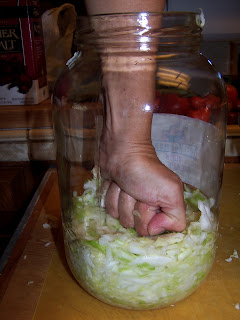It's been a VERY long time since I've done a blog post. So, I'm sorry to those who have been waiting...... I have lots of ideas, and even some drafts, but I've been so busy with Halloween and working at the kids' schools that I just haven't had time to finish a post. With three kids, a business, and endless housework, there just isn't a lot of time left for other stuff. Add in the holidays and FORGET IT!
So I told myself that this week, since the kids are out of school, I would find the time to finish a post. ANY post. Of course, just as I sat down at the computer, I realized that I really should be getting ready for the 22 people coming for dinner on Thursday, and that I still haven't done any fun Thanksgiving crafts with the kids! (BTW, I will be posting, in the near future, the recipes for my husband's Bleu Cheese Pear Vinaigrette and Red Bean Tasso Soup that we will be having for Thanksgiving dinner. YUM!)
So, back to the craft.....
I have decide to put butcher paper and crayons on the kids' table this year so that they will have something to do during dinner. Of course, I can't just throw crayons on the table! I looked for little baskets or bowls or something, but couldn't find anything just right. Then I saw some little baby food jars that were just the right size. But really, really ugly! So, we decided to turn them into Turkeys! They are really easy, but I will give step by step instructions below. Here is one of them finished. Isn't he adorable?
My 6 year old said, while we were making them, "Mom, these are so cute! We should put this on Pinterest!" Haha! He knows me so well.
Here's what we did.
Step 1: Cut a strip of brown paper the height of your jar (we used a plain lunch bag because we were out of brown construction paper). Using hot glue, glue the strip around the jar as shown below.
Step 3: Glue feathers to the opposite side of the jar as the head. And voila! Cute Turkey Crayon Holders!









































